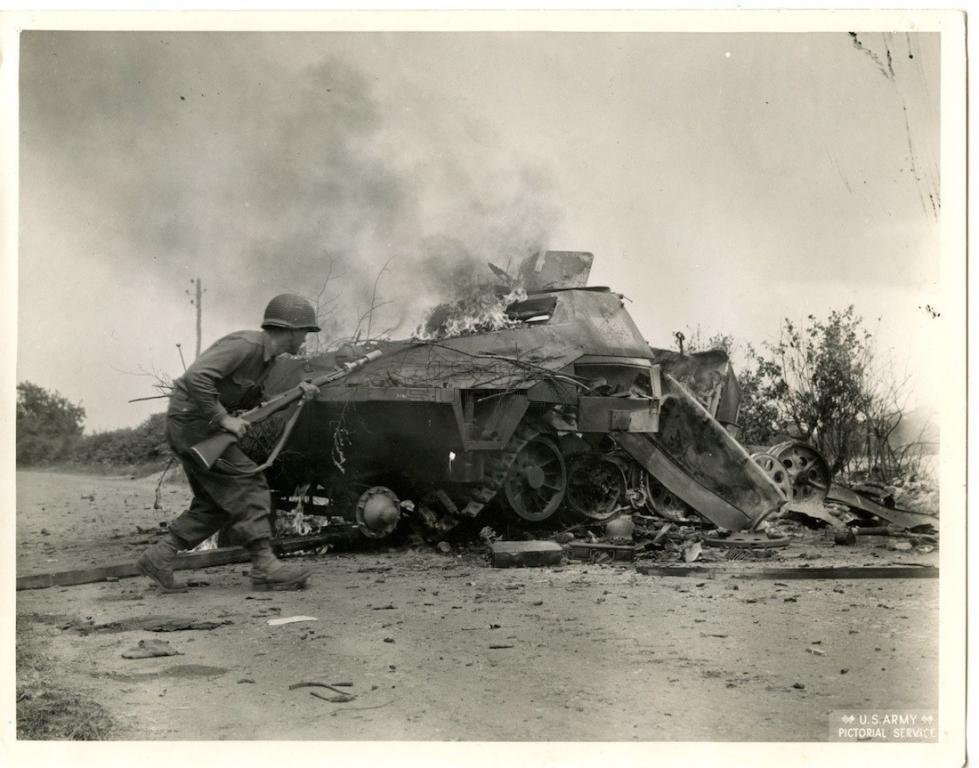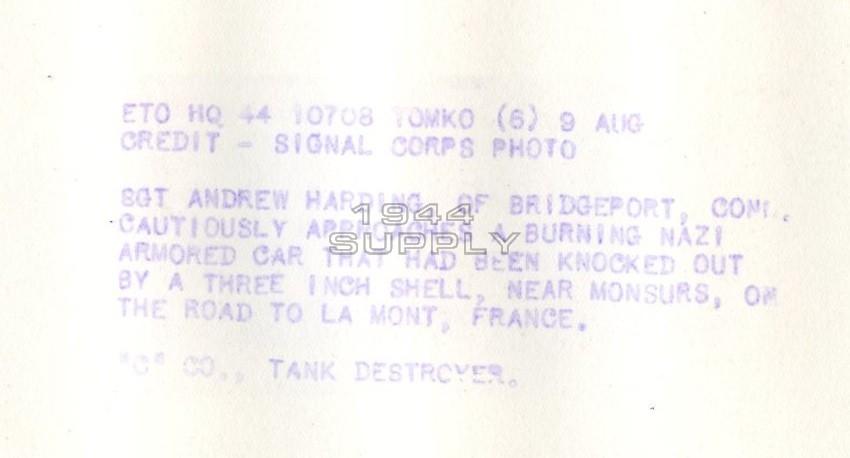-
Contributing Member


17-2-21 Garand Picture of the Day - Colorized
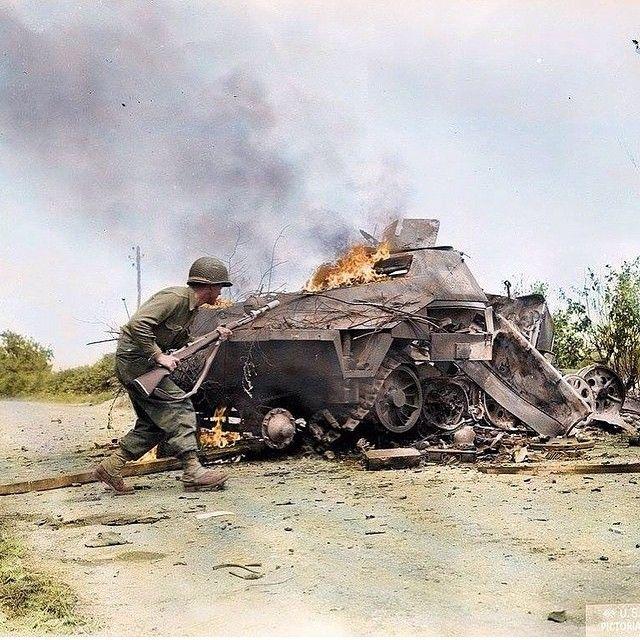
Information
 |
Warning: This is a relatively older thread
This discussion is older than 360 days. Some information contained in it may no longer be current. |
|
He is no fool who gives what he cannot keep to gain that which he cannot lose
There are no great men, only great challenges that ordinary men are forced by circumstances to meet.
-
The Following 13 Members Say Thank You to Mark in Rochester For This Useful Post:
#1oilman,
25-5,
30-06_mike,
aspen80,
Bill Hollinger,
Bob Womack,
CINDERS,
ed skeels,
fboyj,
Flying10uk,
frankderrico,
rayg,
sjc
-
02-21-2017 07:04 PM
# ADS
Friends and Sponsors

-
Legacy Member

Posed, fires set for effect, print folded, spindled, mutilated, stapled and colorized.
-
-
Advisory Panel


Colorized
Actually, I think this is part of a PR set that really was in color. We used one for the GCA Journal, I think it's a WWI tank. Here's another:
Journal, I think it's a WWI tank. Here's another:
Attachment 80864
Real men measure once and cut.
-
The Following 2 Members Say Thank You to Bob Seijas For This Useful Post:
-
Advisory Panel


I think it's a German Halftrack...posed maybe...looks like it was HIT by a tank though.
Halftrack...posed maybe...looks like it was HIT by a tank though.
-
The Following 3 Members Say Thank You to browningautorifle For This Useful Post:
-
Legacy Member

The photo looks posed, but if there was anyone in the half track when it got destroyed i don't think they walked away.
-
Thank You to henry r For This Useful Post:
-
Contributing Member


colorized - B&W version WITH ORIGINAL CAPTION
Last edited by Mark in Rochester; 02-22-2017 at 06:00 PM.
He is no fool who gives what he cannot keep to gain that which he cannot lose
There are no great men, only great challenges that ordinary men are forced by circumstances to meet.
-
The Following 6 Members Say Thank You to Mark in Rochester For This Useful Post:
-
Legacy Member

Perhaps a halftrack with a body variation similar to this example?
-
-
Contributing Member


Can I just ask I know the crew is dead just looking at the wreckage but advancing into close quarters with a rifle grenade on is that feasible if he shoots someone that close he may be a victim of the grenade and after he's fired the shot what then as I think they were single load or could you slip the bolt over a loaded clip (Sorry we are not allowed Garands or and semi auto rifles in this state) so I am just asking for thoughts from those with experience.
-
-
Contributing Member



Originally Posted by
Flying10uk

Perhaps a halftrack with a body variation similar to this example?
that is it Sd.Kfz. 251 - Body variation by 3 inch shell :-)
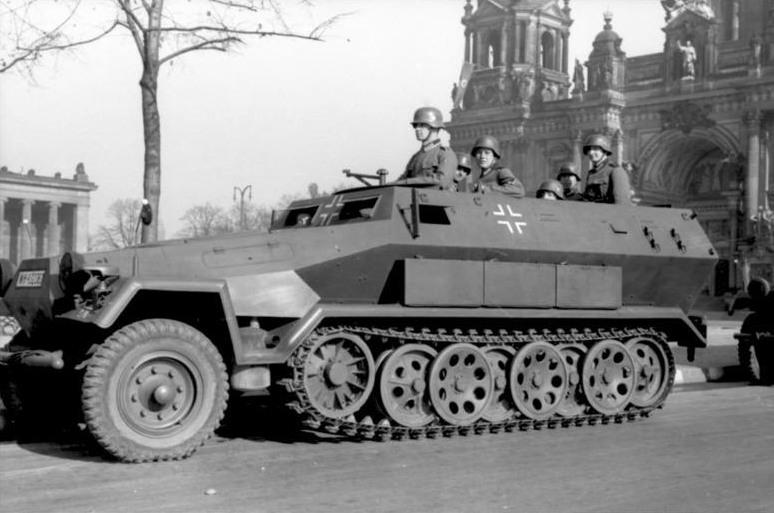
---------- Post added at 10:08 PM ---------- Previous post was at 10:02 PM ----------

Originally Posted by
CINDERS

Can I just ask I know the crew is dead just looking at the wreckage but advancing into close quarters with a rifle grenade on is that feasible if he shoots someone that close he may be a victim of the grenade and after he's fired the shot what then as I think they were single load or could you slip the bolt over a loaded clip (Sorry we are not allowed Garands or and semi auto rifles in this state) so I am just asking for thoughts from those with experience.
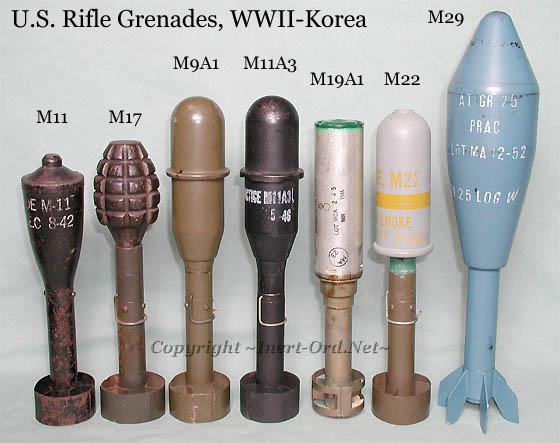
looks more like an M22 than a M9A1 rifle grenade
Last edited by Mark in Rochester; 02-22-2017 at 10:05 PM.
He is no fool who gives what he cannot keep to gain that which he cannot lose
There are no great men, only great challenges that ordinary men are forced by circumstances to meet.
-
Thank You to Mark in Rochester For This Useful Post:
-
Legacy Member

With a rifle M1 it's not possible to load a rifle grenade cartridge and a full 8-round clip, however it would be possible by loading the rifle grenade cartridge into the top of a partially filled clip, and perhaps judicious to load ball or armor piercing ammunition along with the rifle grenade cartridge. The rifle grenade cartridge would have to be manually extracted.
it's not possible to load a rifle grenade cartridge and a full 8-round clip, however it would be possible by loading the rifle grenade cartridge into the top of a partially filled clip, and perhaps judicious to load ball or armor piercing ammunition along with the rifle grenade cartridge. The rifle grenade cartridge would have to be manually extracted.
Advancing on a long destroyed armored vehicle with a smoke rifle grenade would only make sense to the photographer. This destroyed AFV was too good an opportunity to pass up for a photo opportunity, I certainly would have photographed it. If you think the destruction of the vehicle was a recent event it is obvious the weapons and the front wheel, and probably the bodies, have been removed. I reiterate the fires have been purposefully set in places where there was nothing that would burn.
Something you may want to take into account when analyzing these images, the photographers were rarely willing to voluntarily get too close to combat. The photographers usually sent their exposed film to the rear for developing and printing. The caption was often written long after the picture was taken, and often by someone other than the photographer, although usually from the photographer's notes. I have seen a lot of inaccurate captions that were obviously written by someone that didn't have any information other than the image to refer to, and the longer after the event the more inaccurate the captions usually are.
Comment on colorization: Movies and photographs that were filmed in "black & white" actually gray tones, were composed by the film makers and photographers to take advantage of the nature of the media. I don't object to the colorization of the prints if the "artist" has some concept of what they are doing, which is often not the case. I photograph in both B&W and color, both film and digital, and I appreciate that gray tones can often remove distracting color and bring out the subject better. I often digitally remove the color from images and find that gray tone images are more satisfactory to the composition than the color version.
FYI my last assignment in the Army Reserve was CO of a public affairs detachment. and in that capacity was trained at the Defense Information School (DINFOS), and reviewed many photographs for publication along with story articles. I am engaged in preparing the draft of a book and have spent days looking at prints at the National Archives in College Park, and have acquired many images, to illustrate the book.
Last edited by RT Ellis; 02-22-2017 at 11:28 PM.
-
Thank You to RT Ellis For This Useful Post:
 Information
Information















 PM
PM









